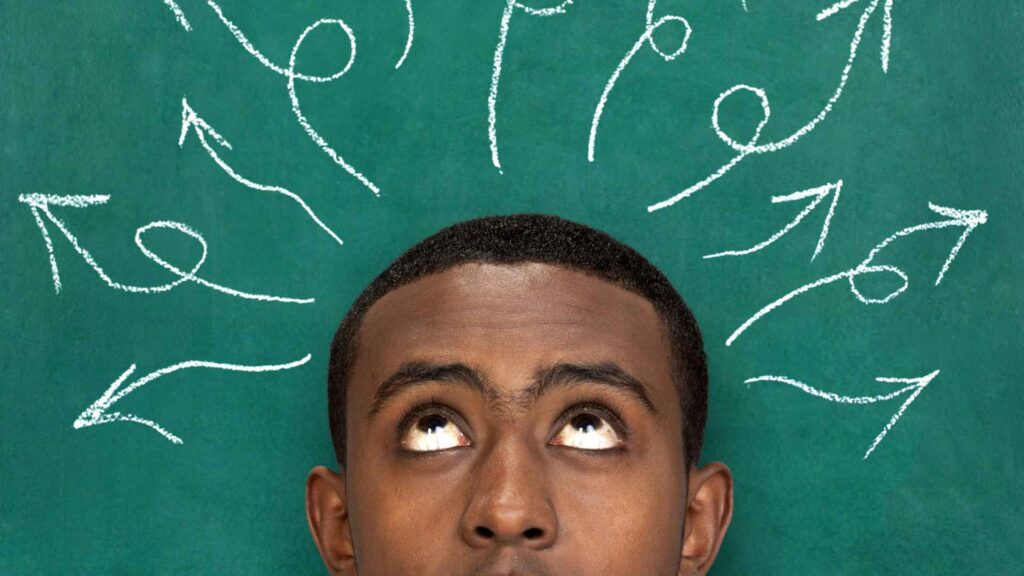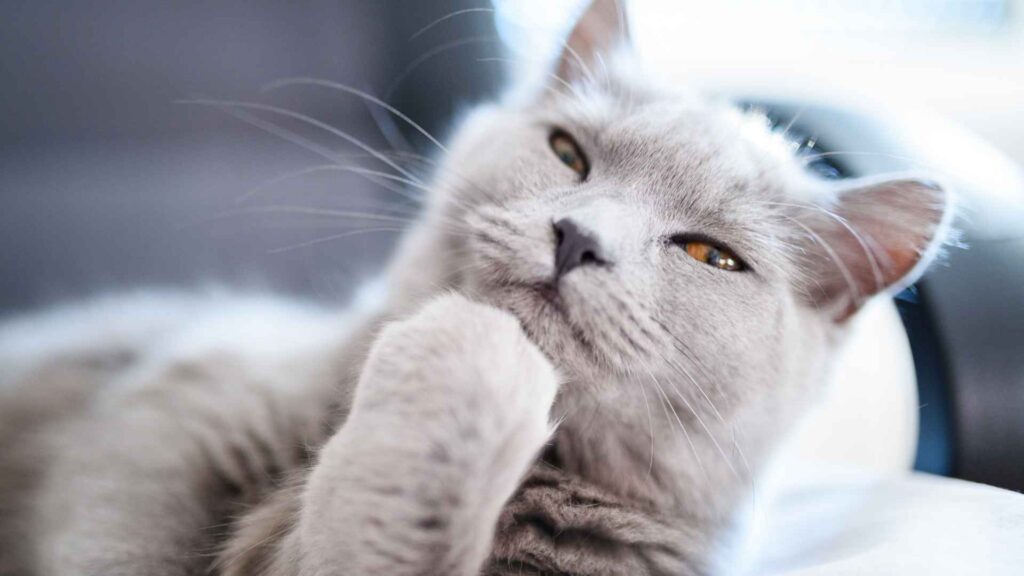The riddle “I turn polar bears white…” has puzzled and intrigued countless individuals worldwide.
With its clever phrasing and thought-provoking nature, it challenges the boundaries of logic and creativity.
This guide dives into its origins, meanings, and why it continues to spark curiosity. Let’s explore the enigma behind this riddle.
What is the “I Turn Polar Bears White Riddle”?
The riddle goes like this:
“I turn polar bears white and I will make you cry. I make guys have to pee, and girls comb their hair. I make celebrities look stupid and normal people look like celebrities. I turn pancakes brown and make your champagne bubble. If you squeeze me, I’ll pop. If you look at me, you’ll pop. What am I?”
- The riddle doesn’t have a single definitive answer.
- It’s often used to challenge lateral thinking and provoke creative responses.
- Some believe the riddle is designed to confuse, emphasizing the process over the solution.

Origins of the Riddle
- Uncertain Beginnings: The exact origins of the riddle remain unclear, though it gained popularity through internet forums and social media.
- Cultural Impact: Its mysterious phrasing and open-ended nature have made it a staple in riddles and puzzles.
- Virality: The riddle gained traction because of its ability to frustrate and intrigue people simultaneously.
Decoding the Riddle
- Literal Interpretations: Some argue the answer is “pressure” based on clues like “squeezing” and “popping.”
- Abstract Interpretations: Others claim there is no answer, pointing to the idea that the riddle is about human perception.
- Key Takeaway: The process of solving the riddle often teaches more about creative thinking than the answer itself.

Common Answers
Popular answers include:
- Pressure: Reflecting the squeezing and popping clues.
- Time: Responsible for turning pancakes brown and champagne bubbly.
- No Answer: Suggesting the riddle is more about the question itself than the solution.
- Snow: Linking to polar bears and the idea of something that transforms surroundings.
Psychological Impact
- Cognitive Challenge: The riddle stimulates the brain, encouraging analytical and creative thinking.
- Frustration and Curiosity: The open-endedness can lead to both frustration and a drive to solve.
- Insight into Thinking: It provides insight into how individuals approach problem-solving.
Why People Love Riddles
- Mental Stimulation: Riddles activate multiple areas of the brain.
- Social Interaction: They are great conversation starters and icebreakers.
- Satisfaction: Solving a challenging riddle provides a sense of accomplishment.

Philosophical Perspective
- Deeper Meaning: This riddle may symbolize life’s open-ended questions.
- Existential Queries: Encourages us to think about how we interpret and approach problems.
- Subjective Reality: Highlights that answers may vary based on personal perspectives.
Riddles in Popular Culture
- Movies and Books: Riddles are used to advance plots and develop characters, such as in “The Hobbit” and “Harry Potter.”
- Games: Puzzles and riddles play a major role in popular games like escape rooms and adventure games.
- Modern Media: Viral riddles like this one thrive on platforms like TikTok and Reddit.
Lessons from the Riddle
- Patience: Emphasizes the importance of patience in solving problems.
- Perspective: Demonstrates how different viewpoints can lead to different solutions.
- Critical Thinking: Reinforces the value of questioning and exploring unconventional answers.
Famous Variations of the Riddle
- “What has a head, a tail, is brown, and has no legs?” (Answer: A penny)
- “I speak without a mouth and hear without ears. What am I?” (Answer: An echo)
- Connection to the Polar Bear Riddle: These riddles share the trait of sparking curiosity and diverse interpretations.
How to Create Your Own Riddle
- Be Clever: Use double meanings and abstract ideas.
- Test on Friends: Ensure it’s challenging but not impossible.
- Keep it Open-Ended: Ambiguity adds to the intrigue and challenge.
Benefits of Solving Riddles
- Cognitive Boost: Enhances problem-solving and reasoning skills.
- Stress Relief: Engaging with riddles can be a relaxing and fun distraction.
- Social Bonding: Solving riddles with friends or family fosters connections.
Online Communities and Discussions
- Reddit: Subreddits like r/riddles are popular hubs for discussions.
- Facebook Groups: Communities dedicated to sharing and solving riddles.
- Discord Servers: Interactive platforms for real-time riddle-solving.
FAQs About the Riddle
What is the most accepted answer to the riddle?
The most common answer is “pressure,” though many argue there’s no definitive solution.
Why is it called the polar bear riddle?
The first line mentions turning polar bears white, making it a memorable and intriguing phrase.
What makes this riddle unique?
Its open-ended nature and ambiguous phrasing make it a thought-provoking challenge.
How does this riddle improve cognitive skills?
It encourages lateral thinking, problem-solving, and perspective-shifting.
Is there a right answer?
No. The riddle is designed to provoke thought rather than provide a concrete solution.
Where can I find more riddles like this?
Online forums, puzzle books, and riddle-specific communities are great resources.
Conclusion
The “I Turn Polar Bears White Riddle” is a fascinating example of how riddles can challenge and entertain us.
Whether you’re exploring its origins, debating its meaning, or crafting your own riddles, the journey is as rewarding as the solution. Keep your curiosity alive and embrace the mystery!
